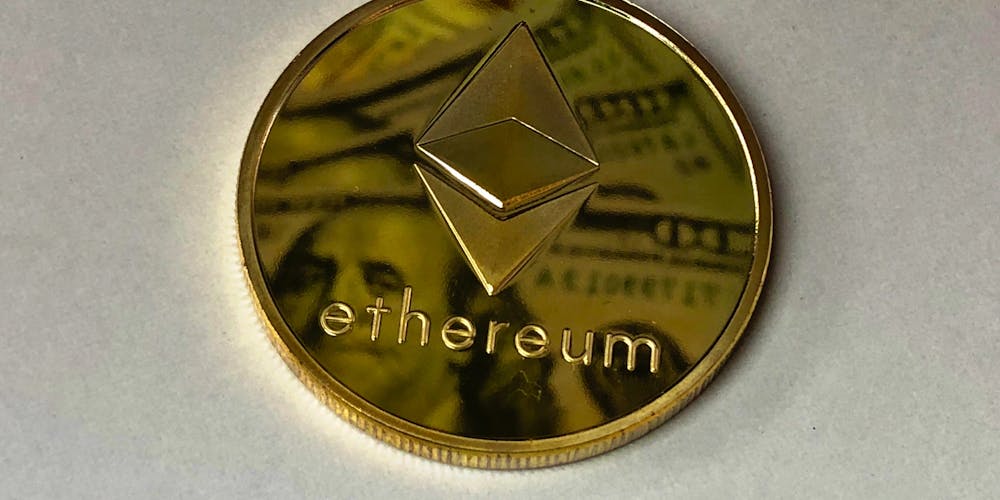In the fast-paced world of cryptocurrency, where every platform competes to establish dominance, the Algorand Foundation took a daring step. Their recent advertisement takes direct aim at some of the most established players in the space—Bitcoin, Ethereum, and Solana. Designed to showcase Algorand’s transactional prowess, the ad depicted a supermarket scenario where patrons face high fees and long waits with Bitcoin and Ethereum, and frequent failures with Solana. In stark contrast, Algorand emerges as the solution, sporting “instant finality” and “low fees,” implying it’s ready for real-world application.
Community Reaction: Divided Opinions on Aggressive Marketing
The Outcry from Traditionalists
Some viewed the Algorand ad as a refreshing form of forthright communication within an industry often shrouded in technical jargon and overly complex explanations. Meanwhile, a stronger contingent within the blockchain community frowned upon this approach. Critics argued that by disparaging other cryptocurrencies, Algorand might inadvertently damage the public perception of the space as a whole. This criticism is underscored by concerns regarding Algorand’s main explorer’s cessation due to funding issues, raising eyebrows about the prudence of spending on ads instead of supporting essential infrastructure.
The Applause for Bluntness
Though it faced scrutiny, the ad also won a fair share of admirers for its humor and directness. Proponents saw this as a clever way to cut through the noise in a highly saturated market. They believed that the promotional strategy effectively highlighted Algorand’s technological strengths, potentially attracting those who prioritize efficiency in their crypto transactions. However, despite a nod of approval from some community members, the market reaction was tepid; Algorand’s token, ALGO, did not see significant movement post-advertisement, suggesting that impactful marketing does not always translate into immediate market shifts.
Ethical Marketing in Crypto: A Delicate Dance
Debating the Ethicality
The bold advertisement initiated wider discussions on the ethics and efficacy of marketing within the nascent cryptocurrency industry. While the crypto market works towards broader adoption, such assertive advertising strategies have come under scrutiny. The main concern revolves around whether the benefits of one blockchain should be highlighted by underscoring the deficiencies of another, or if a more positive, collective approach would serve the industry better in the long run. This debate isn’t unique to the crypto sphere; it’s a classical marketing dilemma that spans across many sectors, reflecting on how companies want to be perceived versus actual outcomes.
Reflecting on Market Impact
In the dynamic realm of cryptocurrency, the competition is fierce as platforms vie for supremacy. The Algorand Foundation has taken a bold move in this race. Their new ad campaign is a brazen shot across the bow at industry titans such as Bitcoin, Ethereum, and Solana. Algorand’s advertisement places consumers in a grocery store, highlighting the pain points they endure with Bitcoin and Ethereum, like exorbitant fees and lengthy transaction times, as well as Solana’s reliability issues. Contrasting with these scenarios, Algorand positions itself as the superior option. The platform touts its capability for “instant finality” and boasts about its minimal fees, suggesting that Algorand is the efficient, ready-to-deploy solution that the crypto world has been waiting for. This bold marketing strategy underscores Algorand’s confidence in their technology and their commitment to spearheading a more practical and user-friendly future in blockchain transactions.

